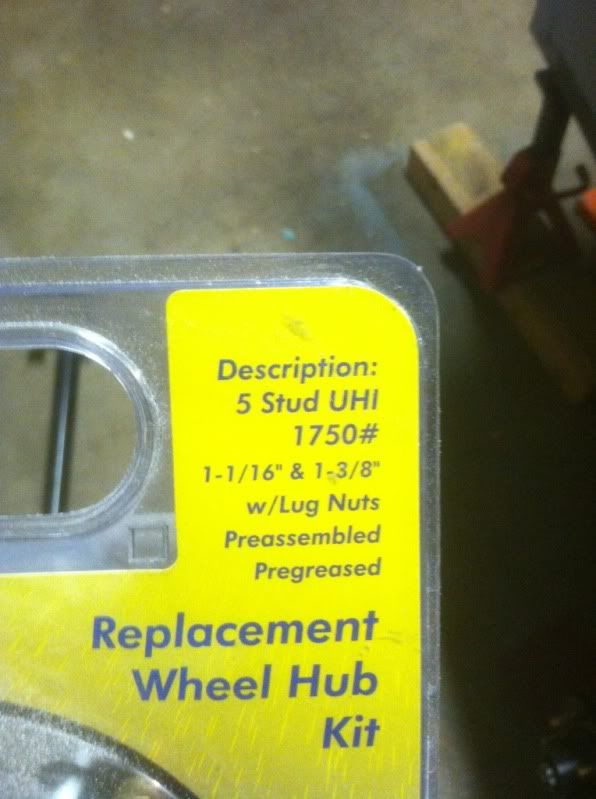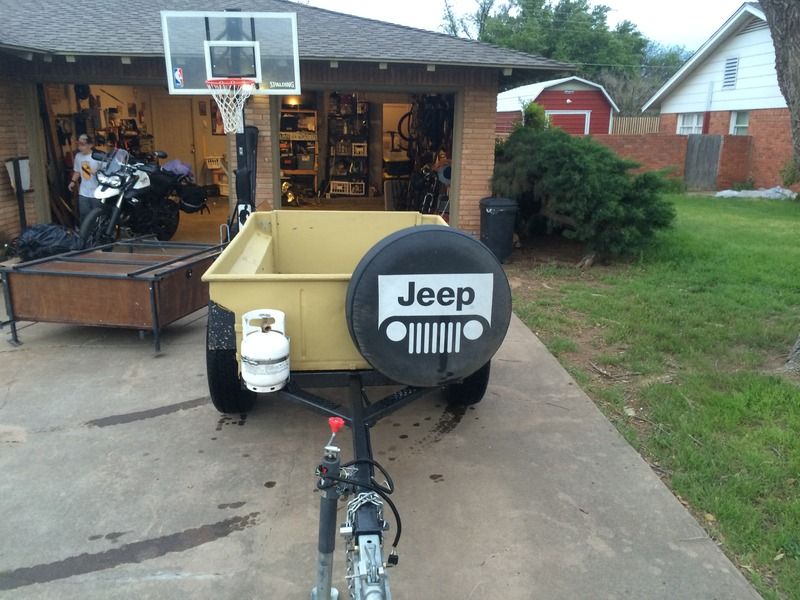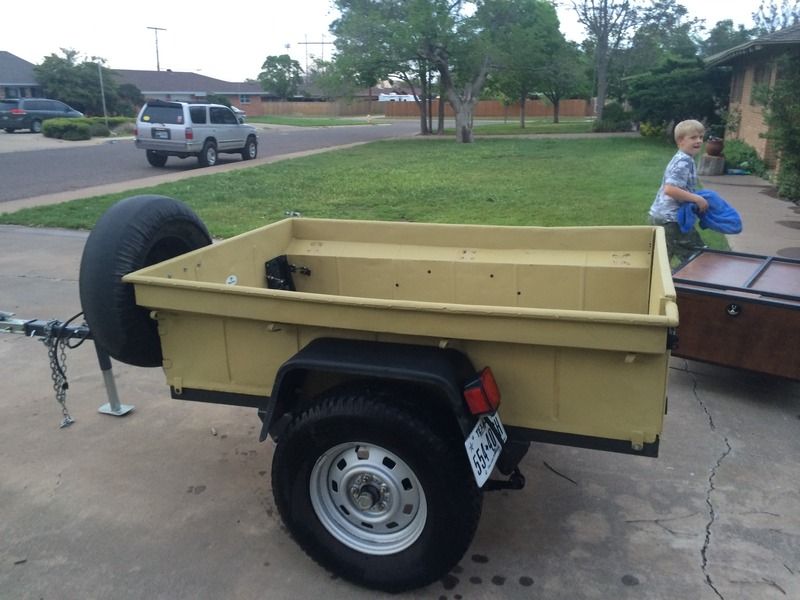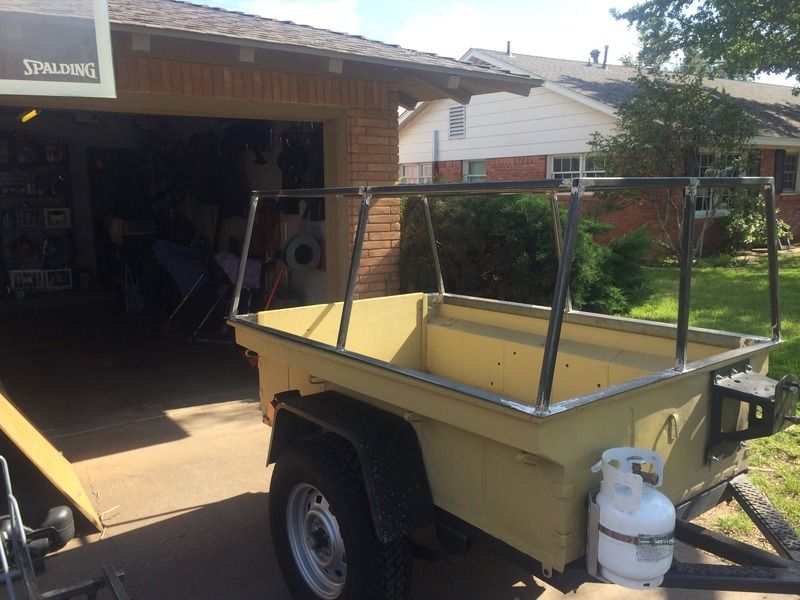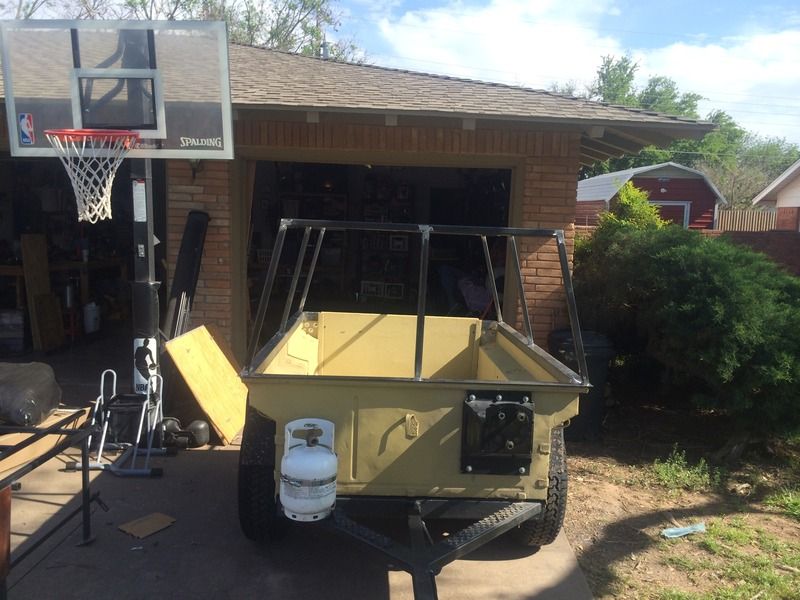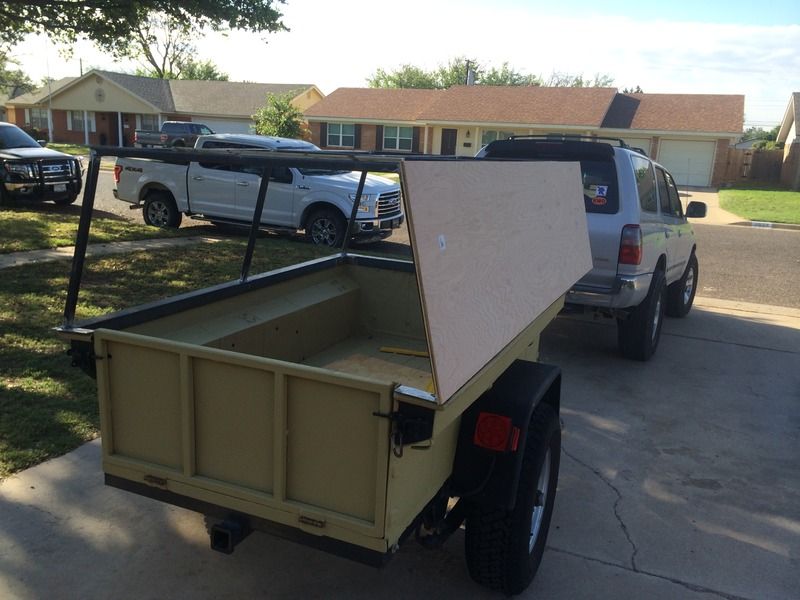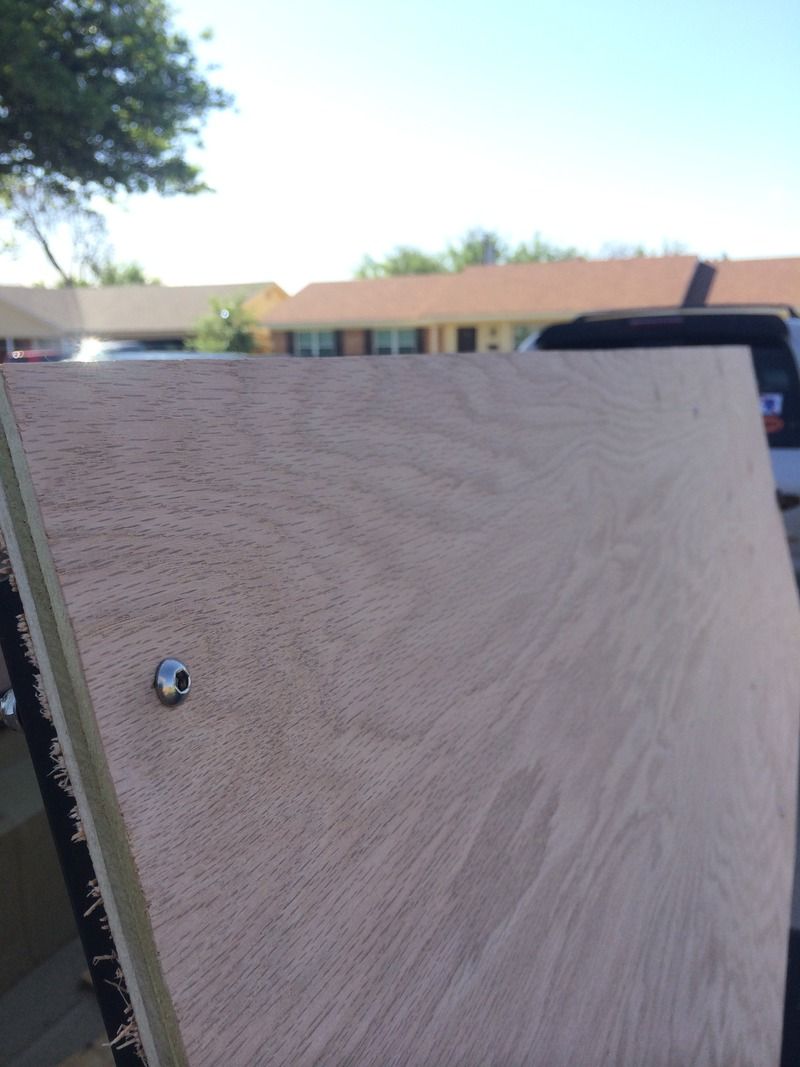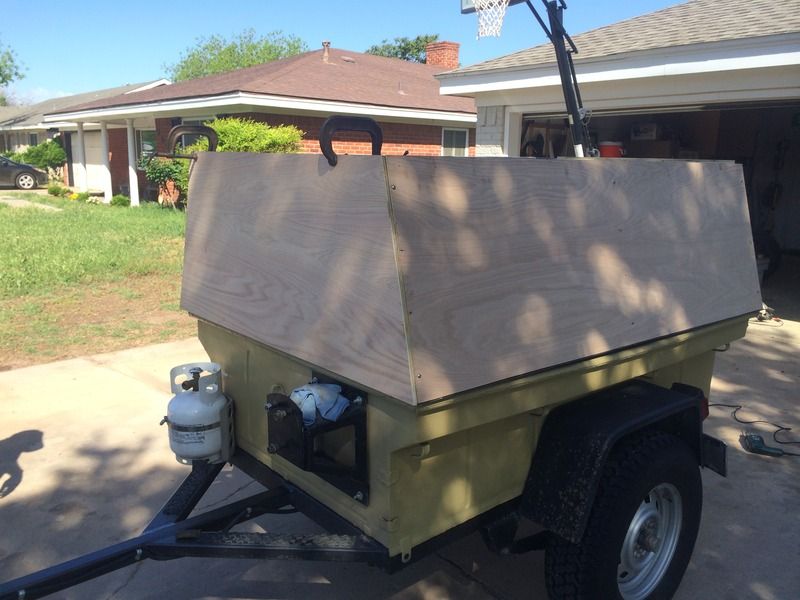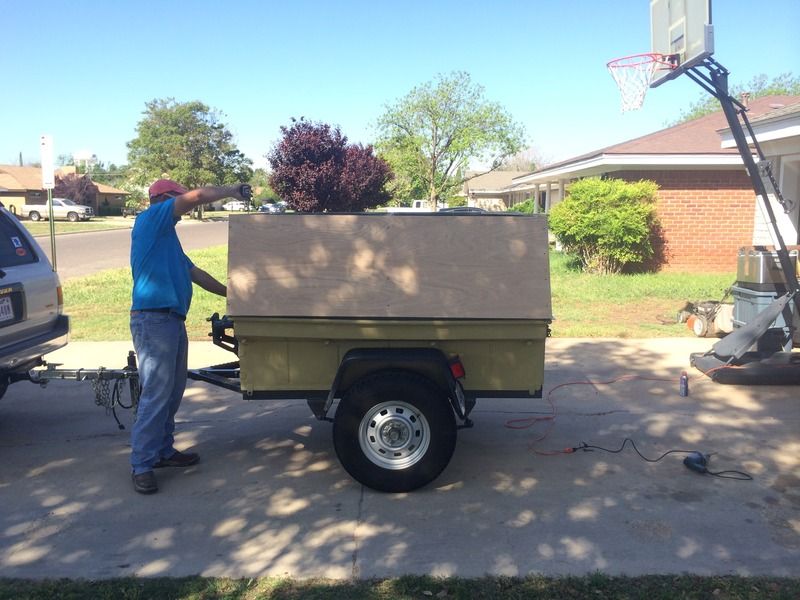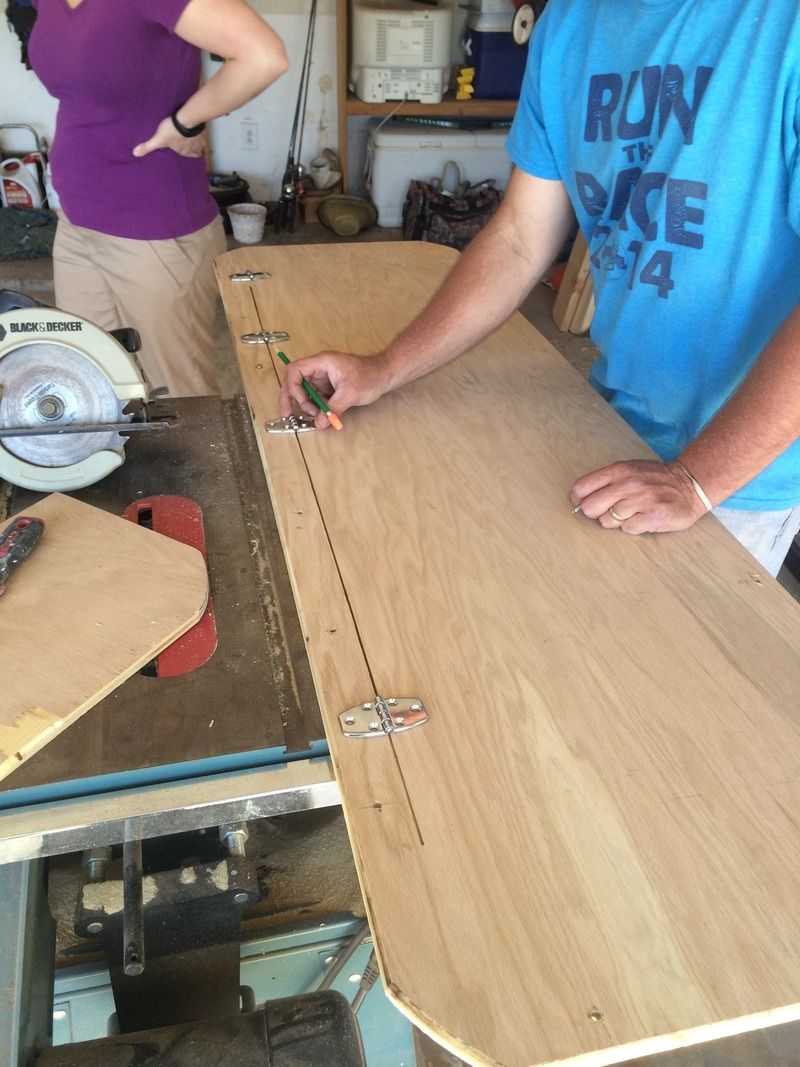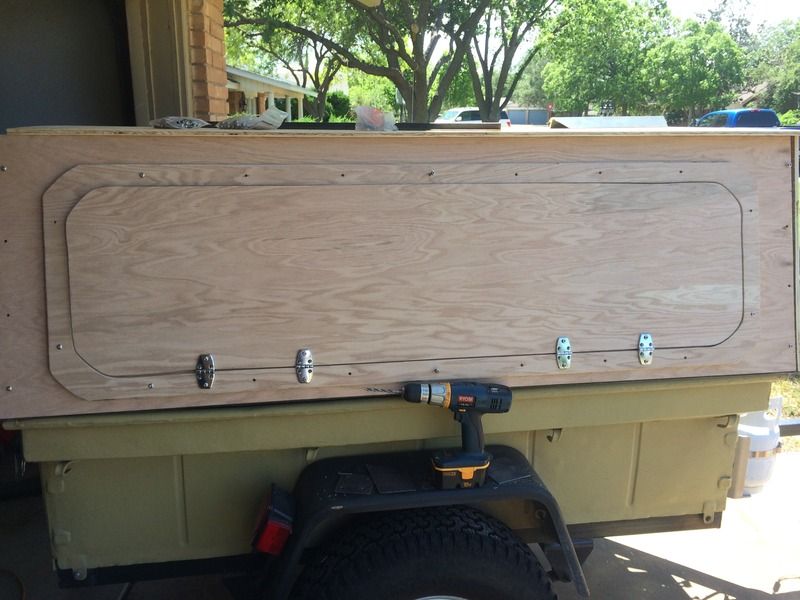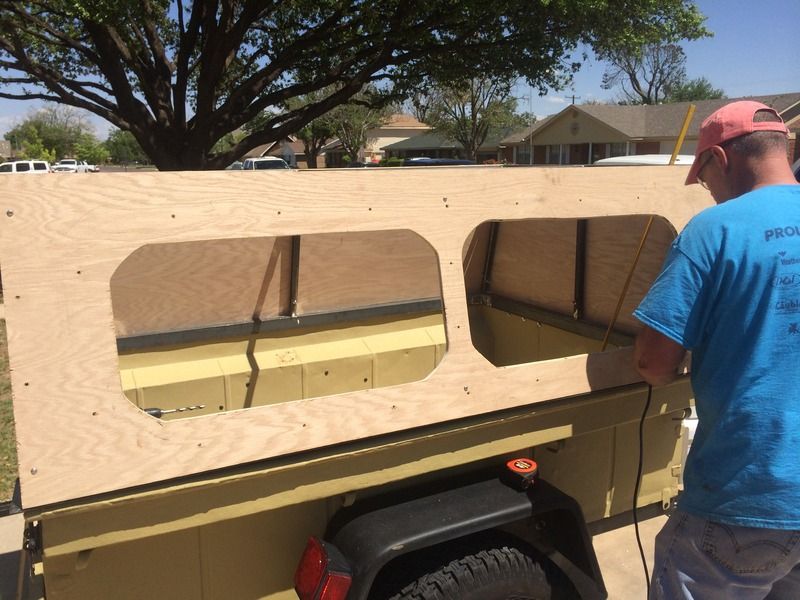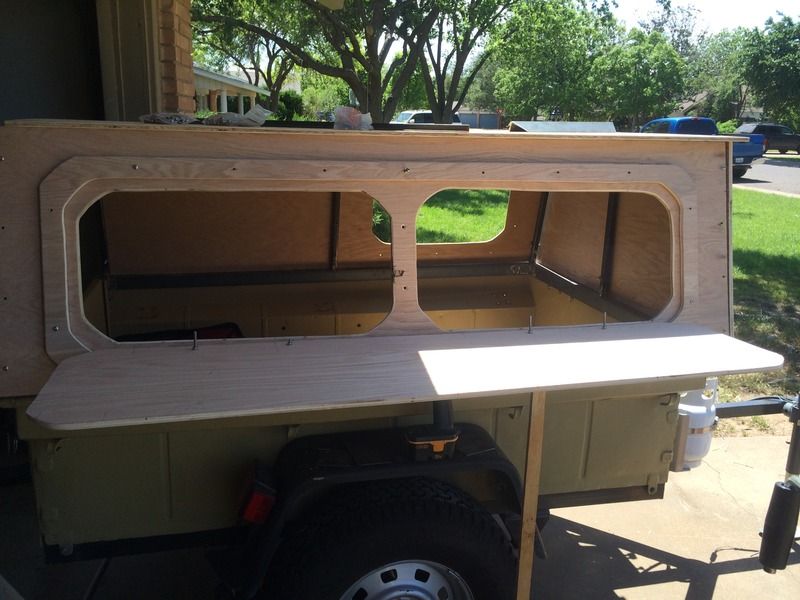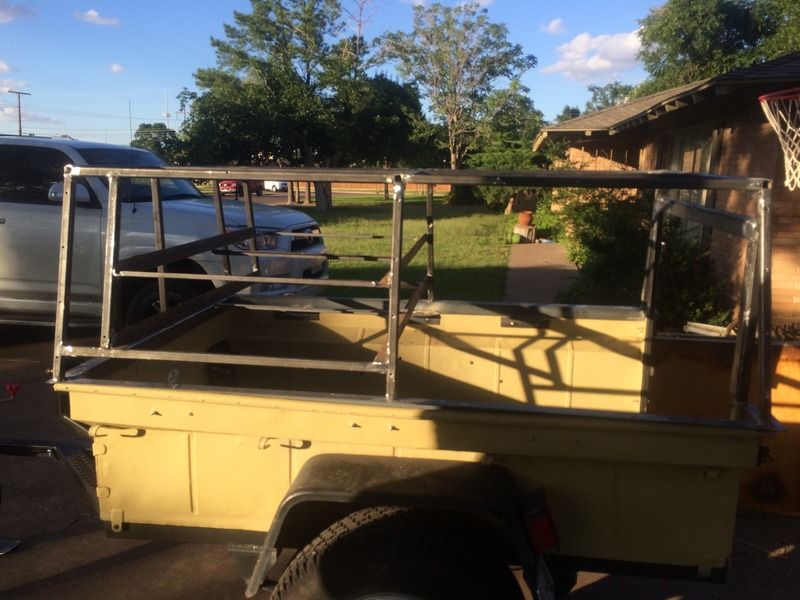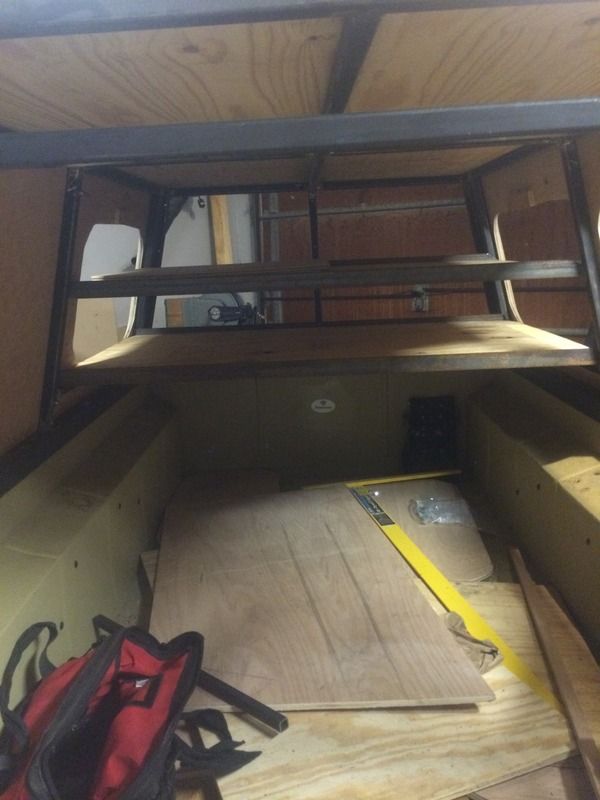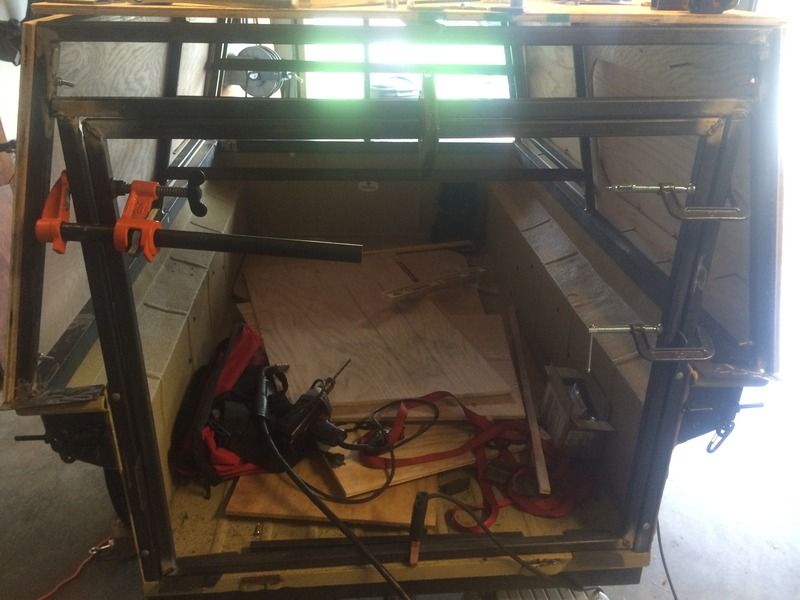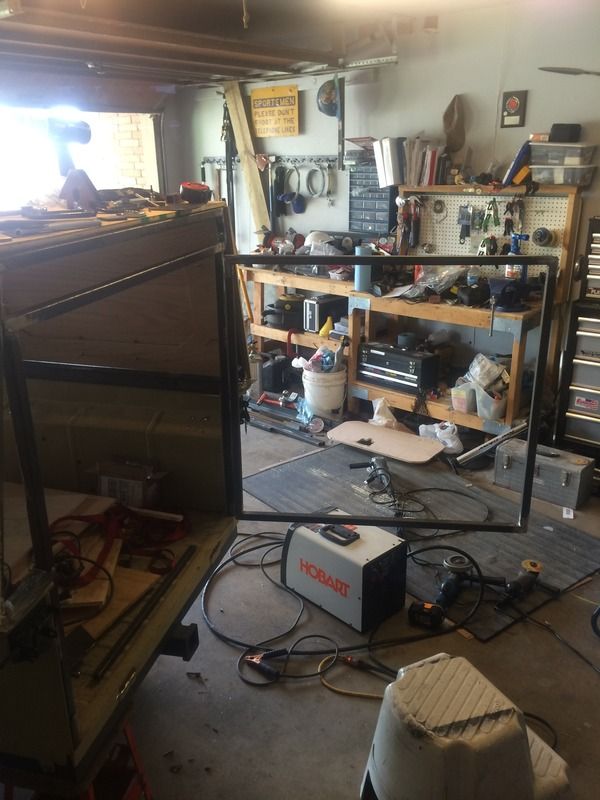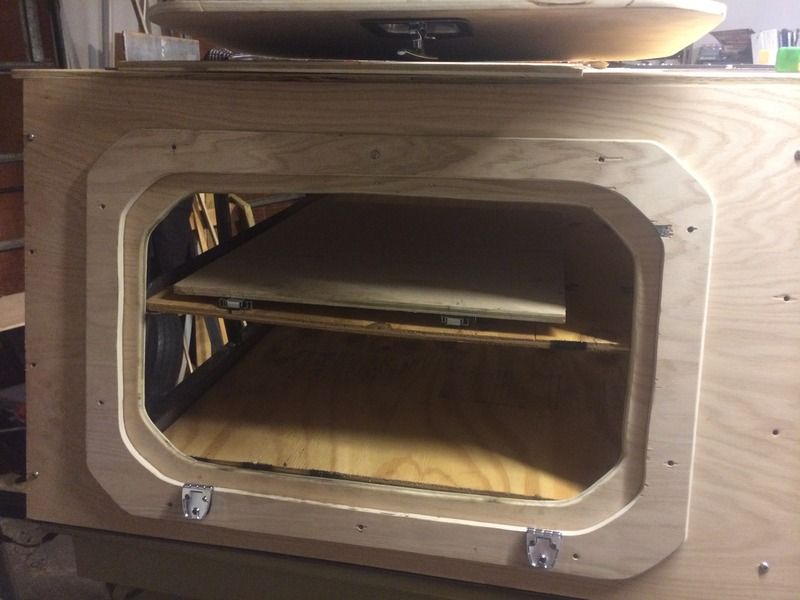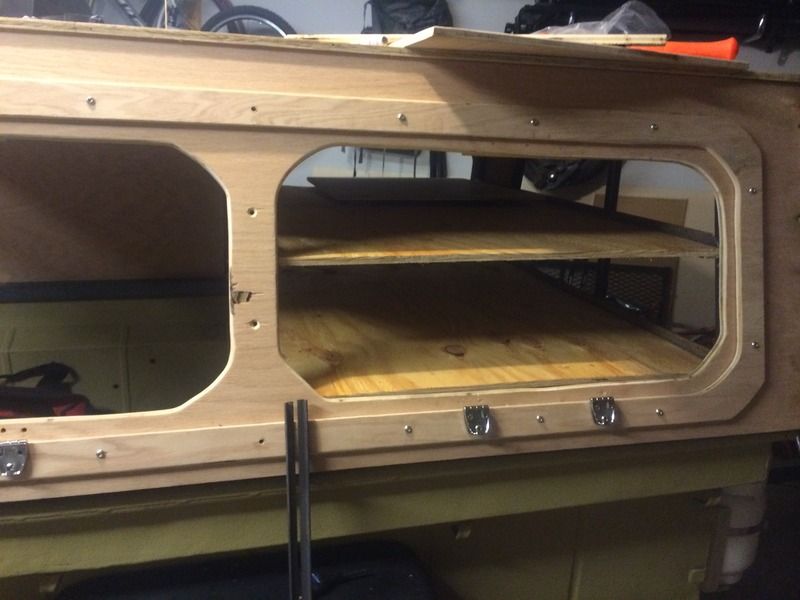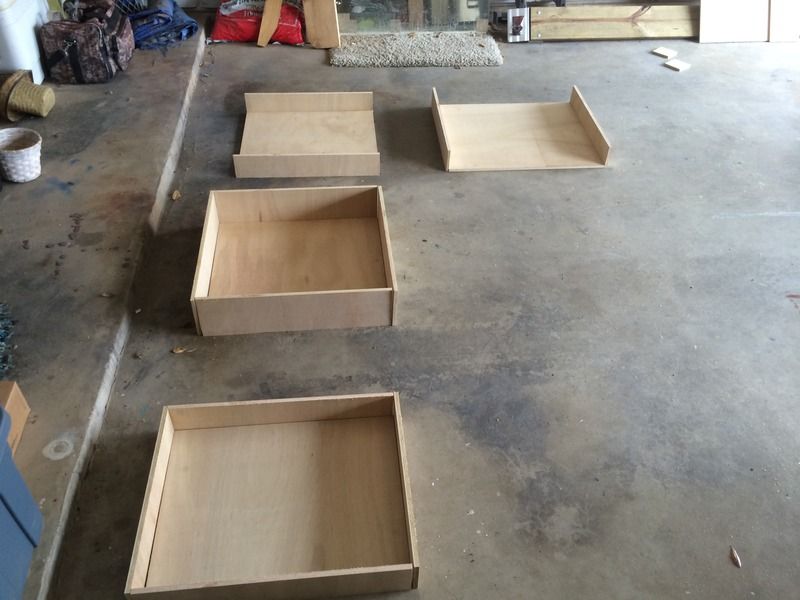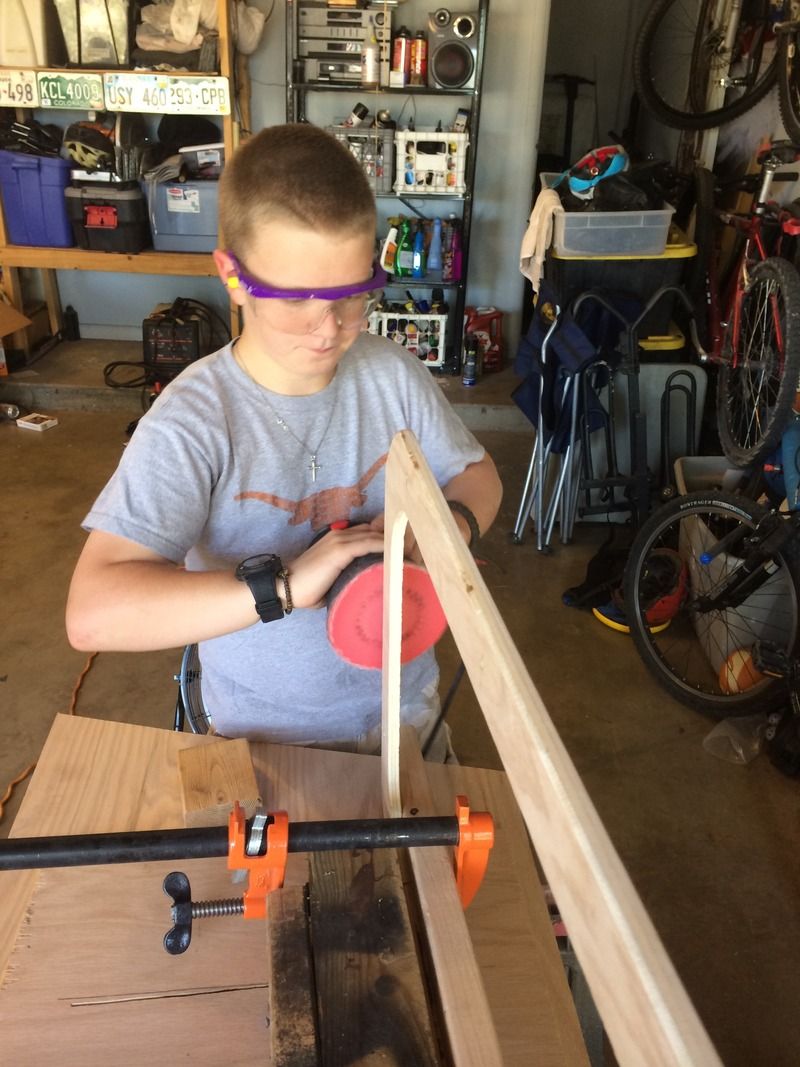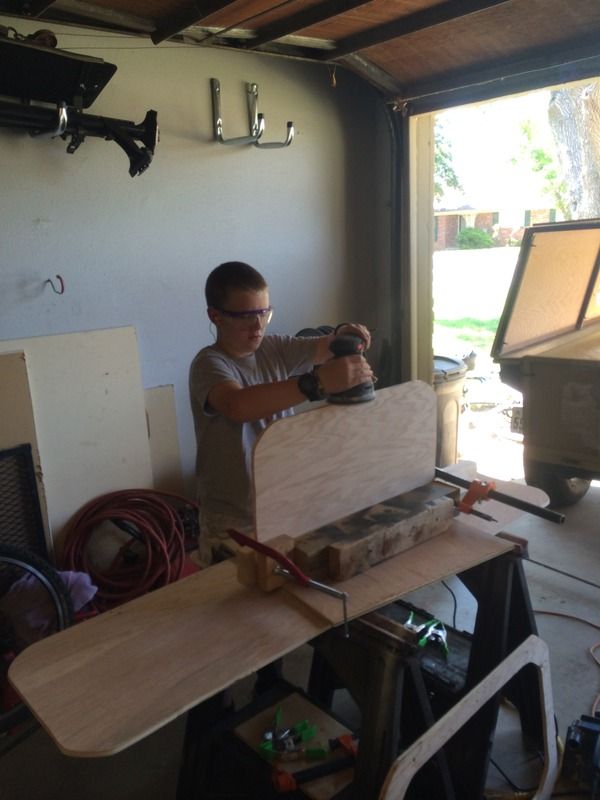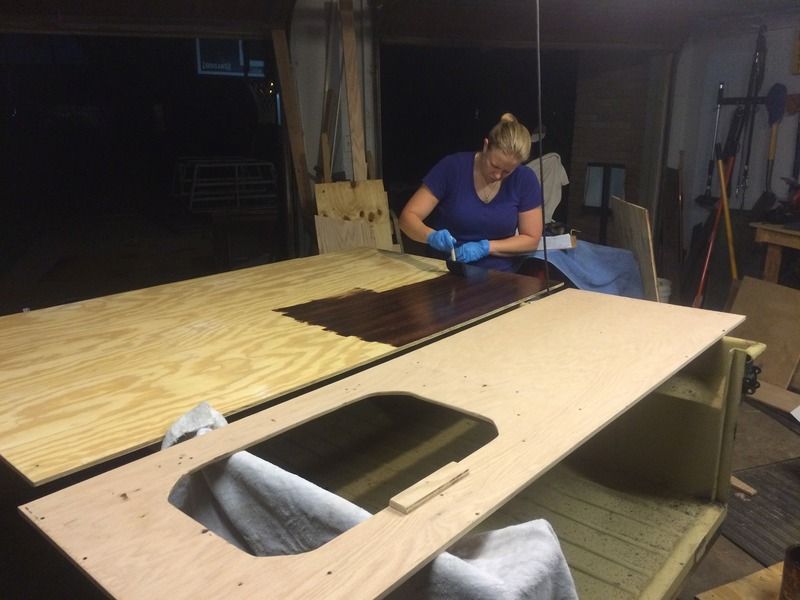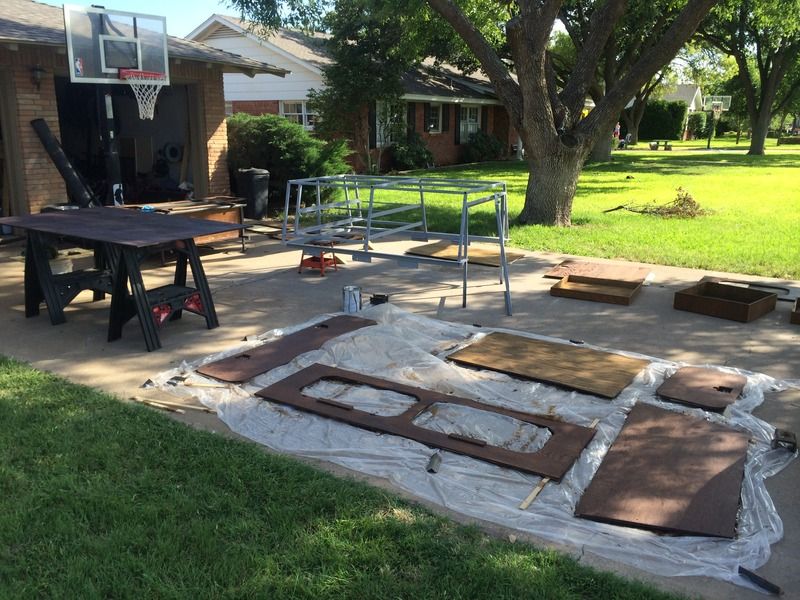Rebuild 2.0
So after a few years and about 7,000 miles of off road trips I decided it was time to update my design on the m416 I built several years ago. So far this puppy has been on 3 two week long family camping trips to Colorado, the Grand Canyon's north rim, and Moab. It has also been on every 4x4 road in Big Bend and about a dozen other smaller trips. While it is holding up well, I have had plenty of time setting by a campfire figuring out what I would like to do differently. So my wife and I got to planning and decided it was time for a rebuild.
What we like:
1. Its light and can be pulled with our 4runner with ease. I still get 15-16mpg fully loaded with our 2013 4runner.
2. Its small. It tucks in behind our runner very well. If the 4runner fits down a trail, so will this thing.
3. It's quite. This sounds funny but I put a lot of thought into making it not rattle down the trail. I used rubber bushing on all contact points of the body and accessories and it paid off.
4. The accessories and the m416 part. The lining material has held up well and kept this thing looking great. I love having the propane mounted to the front and its the perfect size.
5. The look. The stance, the color, the size, everything comes together to make this thing just look good.
6. The chuck box on top makes getting to our cooking gear easy and quick.
7. It's lockable. We often break away from the car on our trips to hike, bike, or raft and having it lockable gives me piece of mind that our gear is safe while we are gone.
What we don't like:
1. Its not 100% waterproof. I have gotten around this by packing in plastic totes, but that created the 2nd problem...
2. The totes waste a lot of space. The plastic totes make it so that I loose valuable space because they cannot be crammed into a tight space like a duffle bag can.
3. Its still hard to get all of our gear in it. This may sound funny but we take camping gear for 4, mountain bikes and gear for 4, climbing gear for 4, etc with us on our long trips. It gets cramped.
So we finally got tired of the things we don't like and made a plan. My new design had to keep items 1-7 in mind because I am not willing to give an inch on any of the things I like. I had done some additions to the trailer two years ago but I never really liked how it turned out. I did not make a good plan going into it and paid the price in a few key places. Here is a picture of what it looked like before I started this time. I called this design 2.0
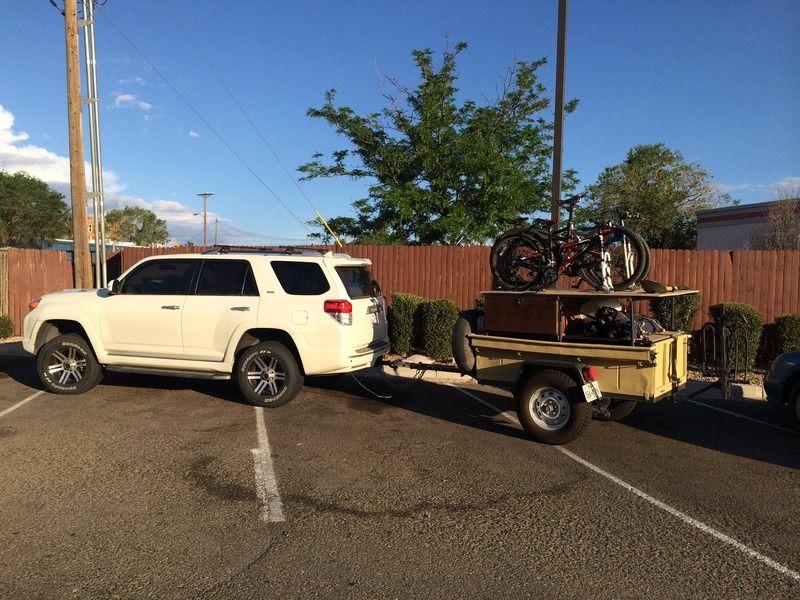
Not wanting to make the same mistake twice, I spent much of the winter planning. I hit the boards and spent some time looking at teardrop builds as well as some boat building websites. I really wanted something that looked good but solved all my problems. It took a while but what I came up with a plan that solves all my "wants".
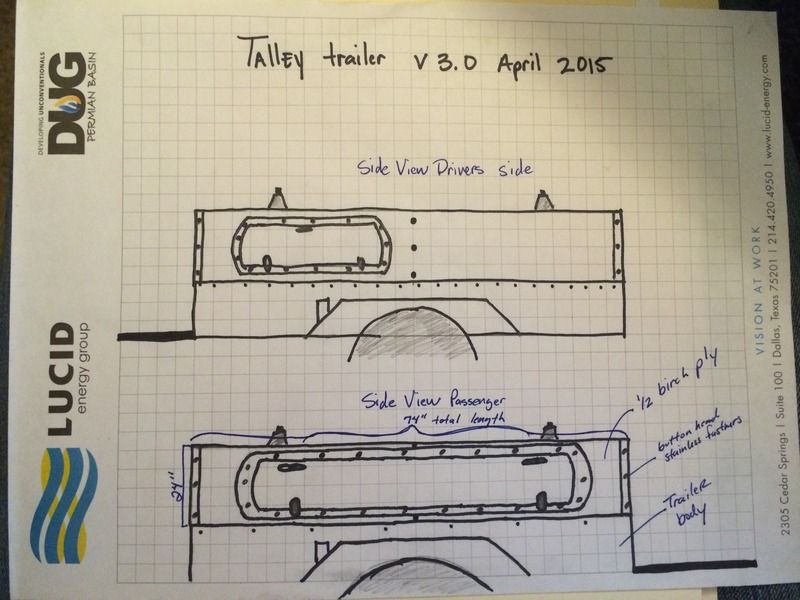
The plan was to simply rebuild the top portion of the trailer using a steel frame and wood sides. The wood will be stained and waterproofed (like a boat) and only stainless steel fasteners will be used. The wood's edges will be sealed with trailer trim taking a page from the teardrop guys.
So here we go. Trailer 3.0!
